Necklace: Adornment cultural significance
A necklace is more than just an accessory; it often carries deep personal, cultural, and symbolic meanings. Across history and cultures, necklaces have served various purposes, from adornment to spiritual significance.
Adornment is perhaps the most obvious function of a necklace. Since ancient times, humans have adorned themselves with jewelry to enhance their appearance. Necklaces, with their proximity to the face and chest, draw attention and complement attire. They come in countless styles and materials, from simple chains to intricately beaded or gem-studded designs, reflecting diverse tastes and fashion trends.
Beyond aesthetics, necklaces frequently hold symbolic meanings. In many cultures, they signify status, wealth, or belonging. For example, ancient Egyptians wore collars made of gold and precious stones as symbols of wealth and power. While Hawaiian leis are symbols of hospitality and respect. Religious and spiritual necklaces. Such as rosaries or prayer beads, serve as tools for meditation and devotion, linking the wearer to their faith.
Moreover, necklaces often carry sentimental value. They are commonly gifted to mark special occasions like birthdays, weddings, or anniversaries, becoming cherished keepsakes imbued with memories and emotions. Family heirlooms passed down through generations carry stories of ancestors and traditions, connecting individuals to their roots.
In Contemporary culture
In contemporary culture, necklaces continue to evolve in style and meaning. They serve as statements of individuality and self-expression, with personalized or customized designs reflecting unique personalities and beliefs. Modern materials and technologies allow for innovative designs that blend tradition with innovation.
Practical considerations also influence necklace design. Adjustable lengths and lightweight materials enhance comfort and versatility, accommodating various preferences and lifestyles.
conclusion
A necklace is far more than a decorative item. It is a symbol of identity, culture, and personal history, embodying both beauty and meaning. Whether worn for fashion, tradition, spirituality, or sentimentality, the necklace remains a timeless and versatile accessory. That transcends mere adornment to become a reflection of its wearer’s story and significance in the world.
Adornments like brooches, rings, necklaces, earrings, pendants, bracelets, and cufflinks are all part of the world of jewellery. This decorative art form has been worn for centuries as a way to enhance personal style and beauty.
The history of jewellery dates back thousands of years. With ancient beads made from Nassarius shells considered some of the oldest known examples.
While certain types of jewellery, such as rings and necklaces, have remained popular throughout history in European cultures, other forms like nose or ankle adornments are less common. Regardless of the specific style, jewellery continues to be a timeless form of personal expression and adornment.
https://www.facebook.com/photo/?fbid=122117092292286088&set=pb.61558582649280.-2207520000
https://goldenglory.co.in/category/jewellery
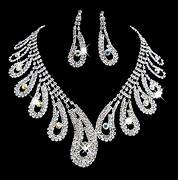
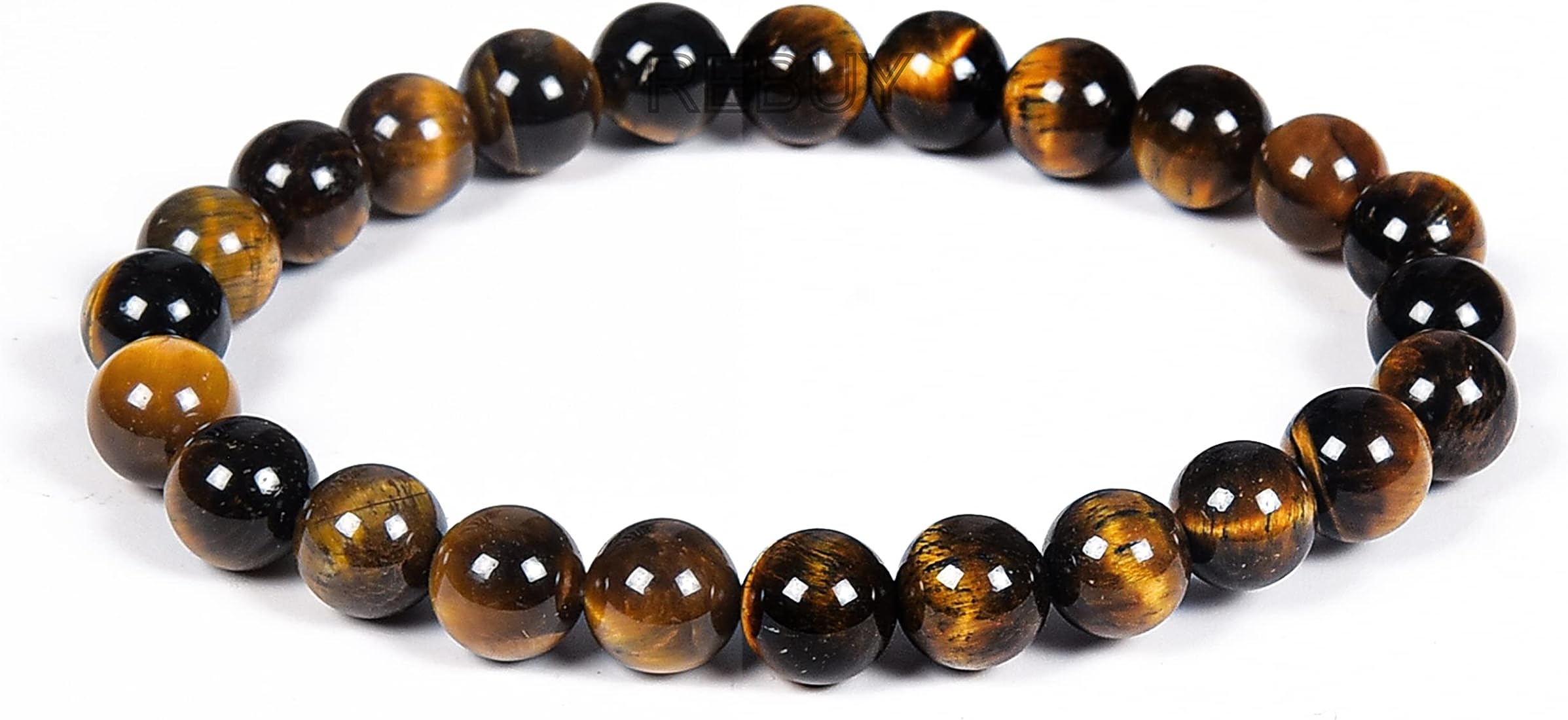


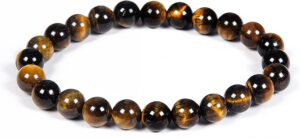



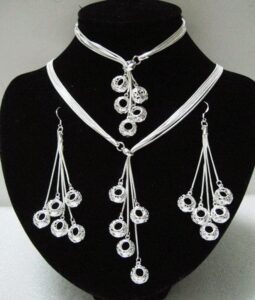
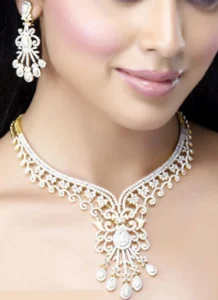
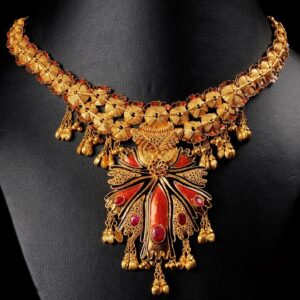
Post Comment